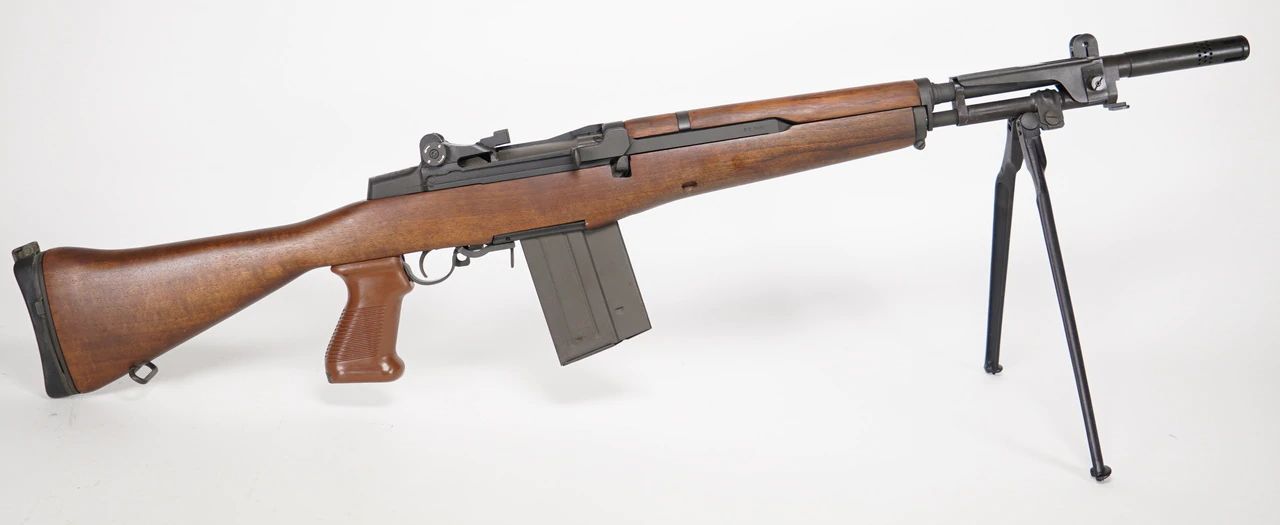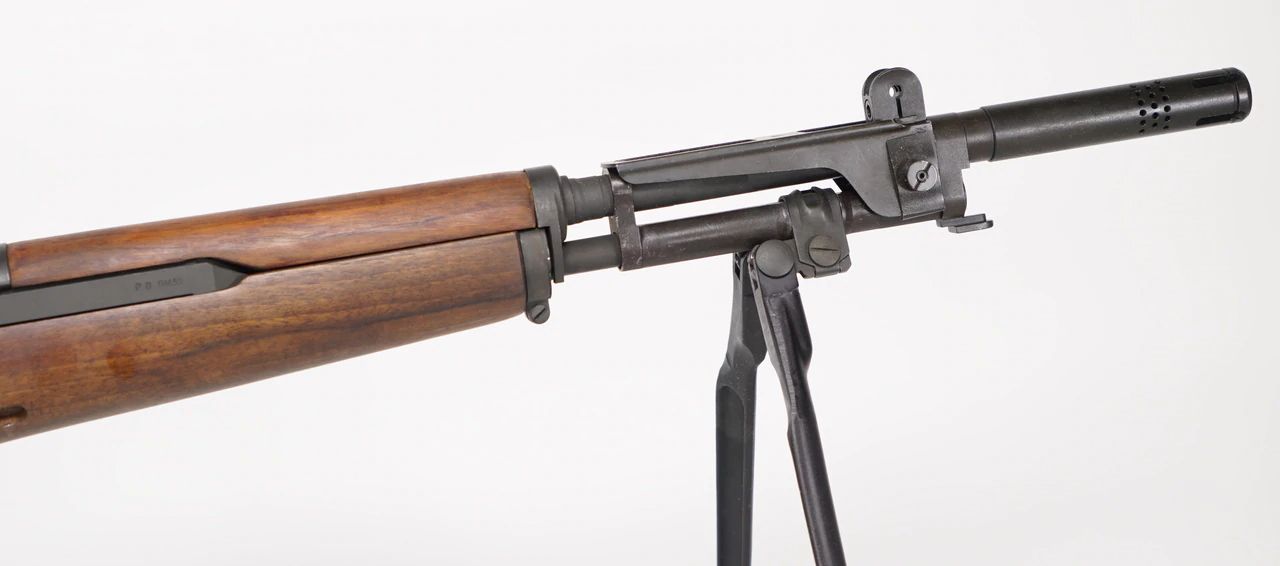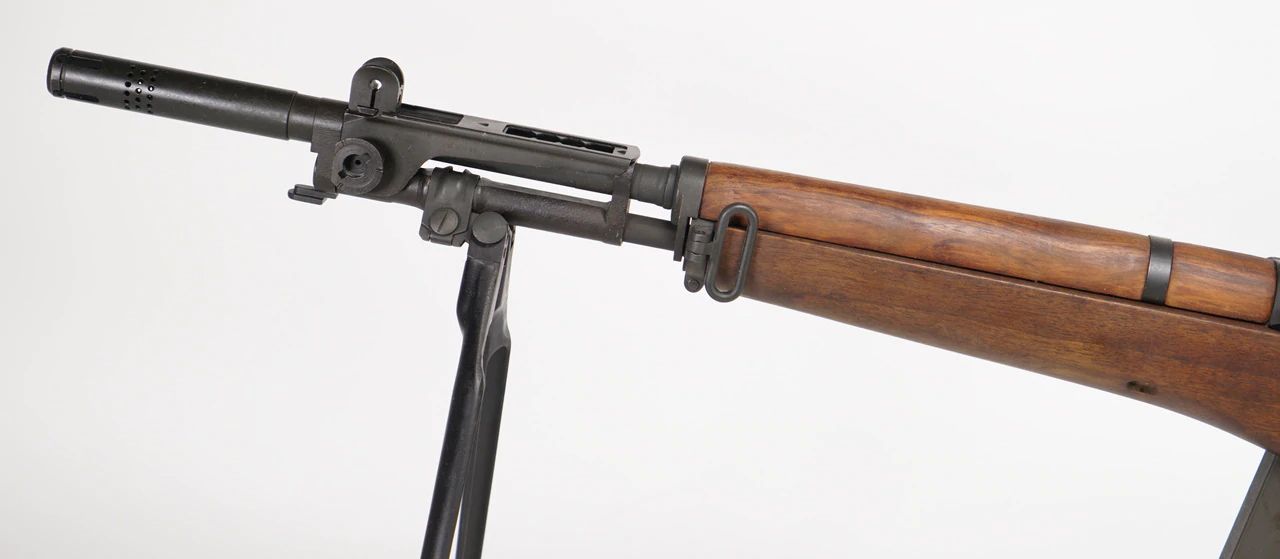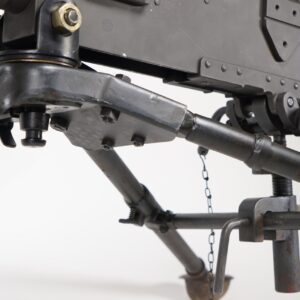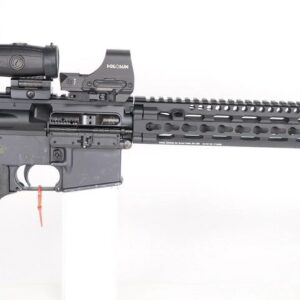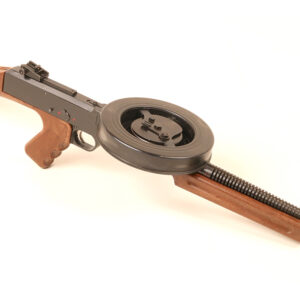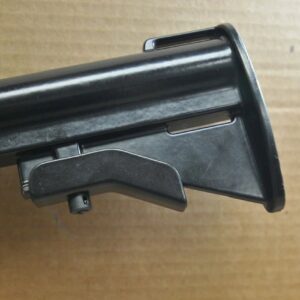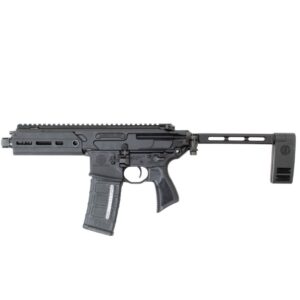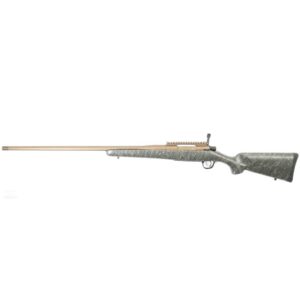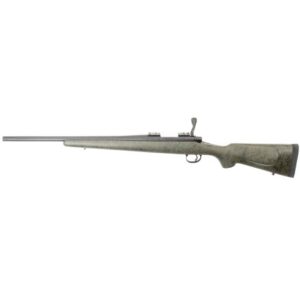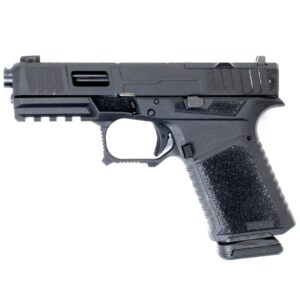Description
Beretta BM-59 Nigerian Stock
The Beretta BM59 Mk. IV SAW (squad-automatic-weapon) version, with its 44.48-inch overall length, a pistol grip and a heavy bipod, was also produced for export to Nigeria. Each of these variants of the BM59 featured a distinctive “tri-compensator”—a device combining a bayonet lug, a grenade launcher and a recoil compensator/flash suppressor in a single unit.
The Beretta BM59 was a success as a military weapon and was used not just by Italy and Nigeria (the latter well into the 1990s), but also Algeria, Morocco, Ethiopia, Indonesia, Libya, Somalia and Argentina. In addition, the design was popular as a firearm for the civilian market. During the 1980s, two semi-automatic only versions of the BM59 were sold in the USA: the BM62 without “tri-compensator” and the BM69 with “tri-compensator” and bipod. Though they may not be abundant in number, the BM59/BM62/BM69 family of firearms provides an example of the way the spirit of John Garand reached through to the end of the 20th century.
The military history of John Garand’s legendary semi-automatic rifle is typically situated in the Second World War and through the Korean War. Even though it lived on through the mid-’50s in National Guard, reserve and training units, the M1’s U.S. service history was over by that time. But, the spirit of John Garand extended beyond the M1 with the M14’s adoption, and it also stretched through to the end of the 1980s in foreign military service, thanks to the development of another rifle that modified some of the basic elements of the M1’s design to become the Fucile Automatico Leggero Beretta BM59 battle rifle.
In 1949, Italy joined the North Atlantic Treaty Organization (NATO), and the following year it began obtaining M1 rifles from the U.S.A. through foreign military sales—more than 100,000 of them. But, by the mid-50s the Garand was a bit of a dated design in need of modernization. Battle rifles of that era had developed toward a specific group of features—lightweight, selective-fire, magazine-fed and chambered for the new 7.62 NATO cartridge—and the M1 needed work in every category in order to conform to that standard. Toward that end, an engineer at Beretta named Domenico Salza took on the mission of improving John Garand’s masterpiece, resulting in the Beretta BM59.
